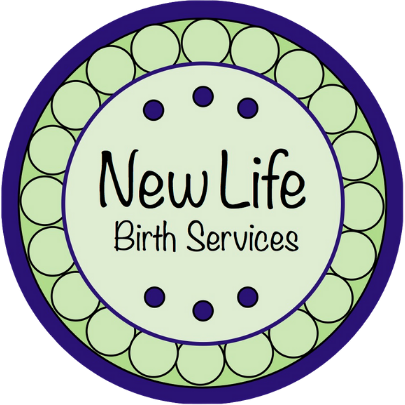The Role of Pelvic Floor Physical Therapy Before and After Birth
Written by: Nora J Quintal Calva, PT, DPT.
PELVIC FLOOR THERAPY IN PREGNANCY
Preparing your body for the birthing process should include a visit with a Pelvic Floor Physical Therapist (PFPT). At around 36 weeks of pregnancy a visit to Method Physical Therapy includes treatment and education to decrease the chances of perineal tears and the length of labor. Some of the treatments and education included in this session are: perineal massage, stretches to help open up the pelvis, breathing techniques to improve pelvic floor lengthening, strengthening and endurance for pelvic floor muscles, and coordination of breath for the pushing phase of labor. One important aspect of this session is the manual techniques we use as PFPTs to decrease the tone of the pelvic floor muscles. Once we achieve a more relaxed pelvic floor, then we utilize breathing techniques to help birthing people connect with their body and recognize how it truly feels to coordinate their pelvic floor with their contractions. Coaching people to coordinate their breath with each contraction, and learning to lengthen their pelvic floor, can help ease the baby down the birthing canal without increased tension.
PELVIC FLOOR THERAPY DURING POSTPARTUM
At approximately 6 weeks postpartum, and once you have the green light from your Midwife or Doctor, we then perform a postnatal assessment and treatment. This session is appropriate for a vaginal or cesarean delivery, as in both cases the pelvic floor may need some cueing to appropriately activate again. Many times, people are instructed to start pelvic floor strengthening exercises, also known as kegels, immediately after delivery. However, this is a misconception, and most often the pelvic floor needs relaxation exercises to restore proper length after the delivery process. Our goal is to promote flexible and strong pelvic floor muscles and avoid tight and weak muscles. This can often lead to pelvic floor dysfunction.
During the internal pelvic floor assessment we will determine the strength and endurance of your pelvic floor muscles, this is especially important if there is a specific sport or weighted activity you intend to return to. We want to make sure you are able to achieve a proper pelvic floor lifting contraction against gravity prior to running, jumping or lifting weights. In addition to pelvic floor strength and endurance, we will teach you core and hip strengthening exercises to help safely ease back into exercise. Finally, we will check for a diastasis recti and if so, we will educate you on all of the do’s and don’ts and appropriate core exercise to help resolve the issue as quickly as possible.
Finally, we will complete a full scar tissue assessment. Whether this is for a cesarean scar or a perineal tear, we will provide scar tissue massage and education on techniques for you to perform at home.
PELVIC FLOOR THERAPY AFTER THE FOURTH TRIMESTER
Beyond the 6 week postnatal assessment, there are also other reasons you should seek help from a PFPT during or after pregnancy. Some of these include pelvic pain, pubic symphysis pain, low back pain, incontinence, pain with intercourse, weakness, diastasis recti, or need of a safe exercise program or consultation of the appropriate modifications for your exercise program.
Method Physical Therapy offers a prenatal and postnatal package at a discounted rate to help you prepare and recover for birth. If you have any questions you can contact us at info@methodptnm.com or visit our website www.methodptnm.com. We will be happy to connect with you and help your body during this transition.


